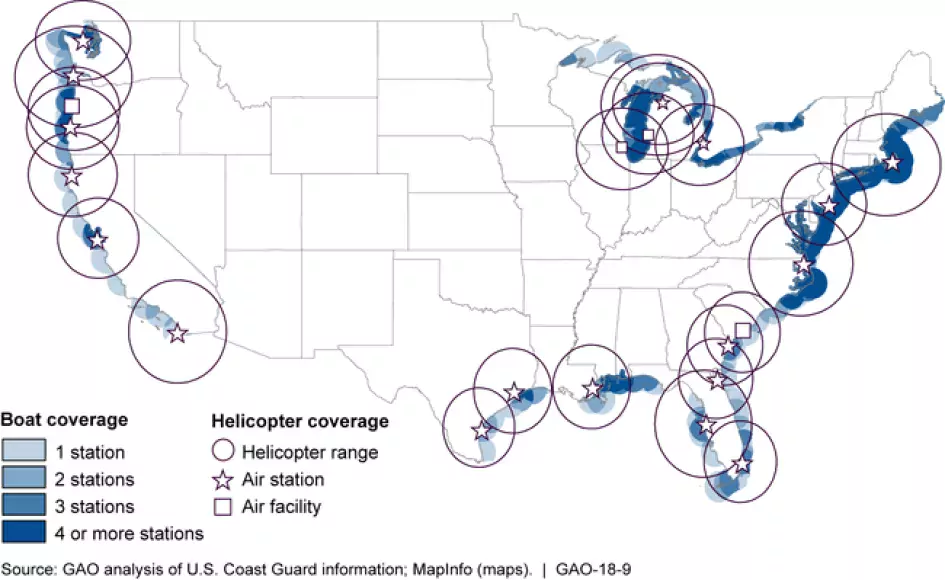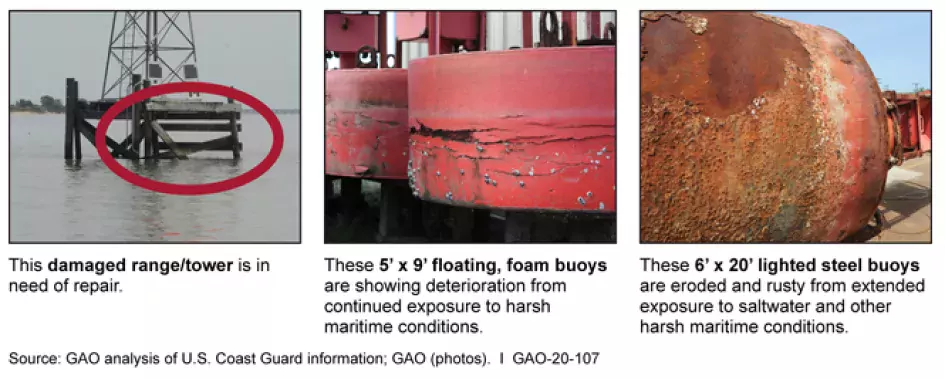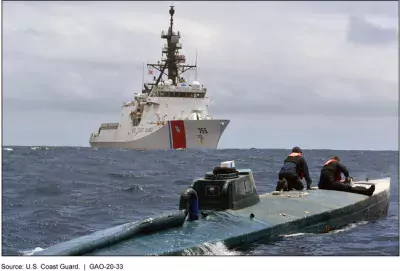From Search and Rescue to Special Forces: The U.S. Coast Guard’s Many Missions
The U.S. Coast Guard is responsible for conducting a number of essential activities, including protecting ports and safeguarding marine resources.
However, since the 9/11 terrorist attacks, the Coast Guard’s responsibilities have increasingly focused on homeland security missions, and it has faced increased demands on its workforce.
We’ve written a number of reports about how the Coast Guard can prioritize its resources to effectively conduct its diverse missions.
Today’s WatchBlog explores.
Search and rescue
The Coast Guard maintains over 200 boat and air stations, boats, planes, and helicopters to conduct search and rescue missions along U.S. coasts, lakes, and waterways.
However, in 2013, the Coast Guard identified 18 boat stations with overlapping coverage. In other words, these boat stations could be permanently closed without affecting the Coast Guard’s ability to effectively conduct search and rescue missions in those areas.
We recommended that the Coast Guard close these stations, which could save the agency up to $290 million over 20 years.
Maritime safety
The Coast Guard maintains over 45,000 signs, markers, buoys, and lighthouses to help mariners safely navigate through U.S. waters. But the condition and functionality of these navigational aids has declined in recent years. Meanwhile, the overall costs for repairing or replacing them has gone up—from $12 million in FY 2014 to $20 million in FY 2018.
The Coast Guard is considering ways to address this situation, such as replacing steel buoys with cheaper-to-maintain foam buoys. To ensure that these navigational aids perform effectively, we recommended that the Coast Guard develop a plan that includes its desired outcomes and milestone dates.
The photos below show examples of deteriorating conditions of navigational aids.
Countering drugs and terrorism
The Coast Guard uses specialized forces to handle drug trafficking and terrorism threats. These forces often rely upon similar skill sets, so most of the specially trained units can perform similar (if not the same) missions.
We found that this can potentially result in overlapping responsibilities and underused units. Officials from some units we interviewed said that they experienced periods when they weren’t being used fully, while other similar units turned down operations due to a lack of available personnel.
We recommended the Coast Guard assess the extent of this unnecessary overlap to potentially save money and streamline its specialized units.
Assessing needs
Since the Coast Guard’s responsibilities have grown, the agency recently told Congress that it doesn’t have enough people to meet all its mission demands.
But we found that the Coast Guard doesn’t have a complete picture of its workforce. For example, it has only assessed the workforce needs (both number of people and types of skills) for 2% of its units.
We recommended the agency bolster efforts to complete its workforce assessments so that it can ensure that it has the right number of people with the right sets of skills to meets its needs.
- Comments on GAO’s WatchBlog? Contact blog@gao.gov.








